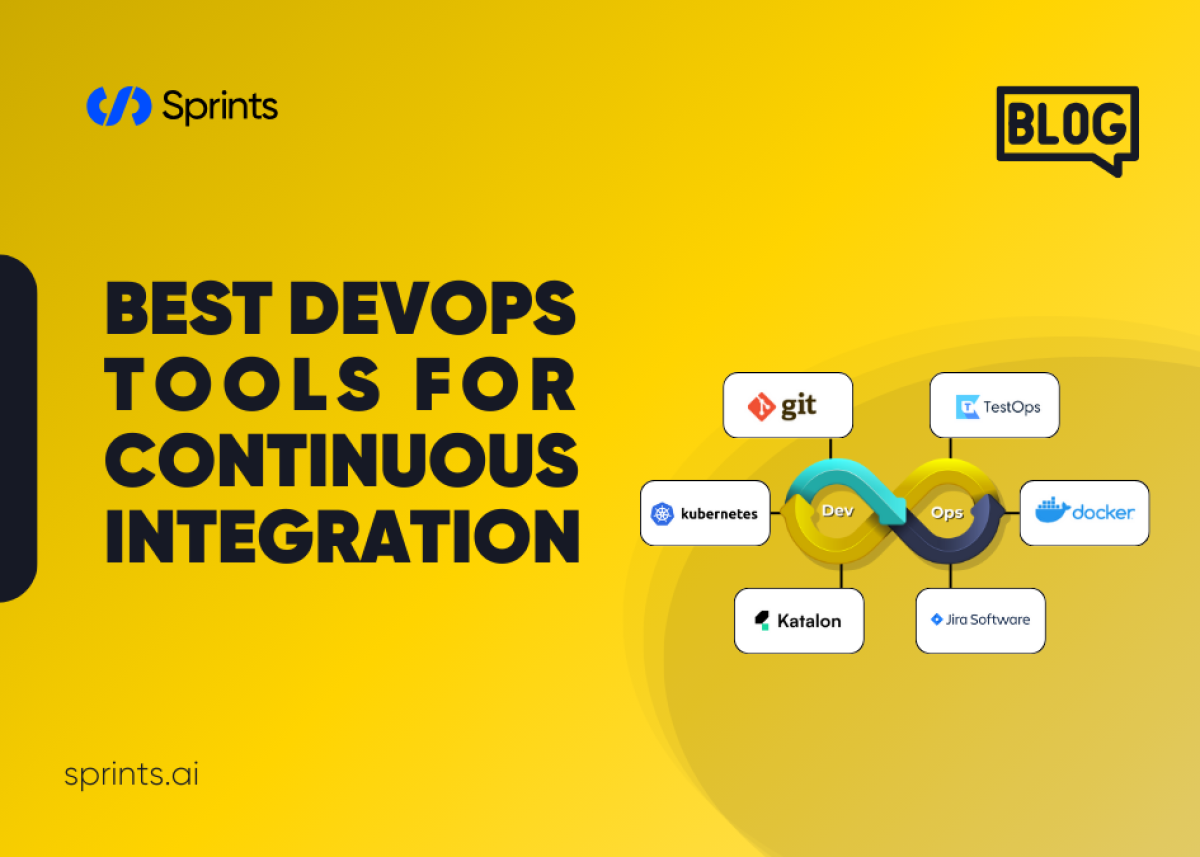
Continuous integration (CI) is critical for modern software development, enabling faster, more reliable deployments. But with so many DevOps tools available, finding the right one can be overwhelming. This article simplifies your search, highlighting the best DevOps tools and guiding you through choosing the perfect match for your team.
Whether you're just starting with continuous integration or aiming to enhance your current DevOps practices, the right tool can dramatically improve your workflow. Let's explore top DevOps tools in an accessible, practical way, helping you identify exactly which solutions will streamline your development process.
What is Continuous Integration and Why Does It Matter?
Continuous integration is the practice of frequently merging code changes into a central repository, followed by automated builds and tests. This approach:
- Reduces bugs and integration issues
- Improves software quality
- Accelerates software delivery
Adopting effective CI tools ensures your team maintains high-quality standards without sacrificing speed.
Essential DevOps Tools for Continuous Integration
Here’s an overview of some of the best DevOps tools that support seamless integration processes:
1. Jenkins
Jenkins is one of the best-known open-source CI tools, favored for its flexibility and extensive plugin ecosystem.
Key Features:
- Easy setup and configuration
- Thousands of plugins are available
- Strong community support
2. GitLab CI
GitLab CI/CD is built directly into the GitLab platform, streamlining both version control and integration processes.
Advantages of GitLab CI/CD:
- Integrated directly with GitLab repositories
- Simple YAML-based configuration
- Seamless container integration (Docker, Kubernetes)
3. Travis CI
Travis CI is a powerful, cloud-based CI tool, often preferred by open-source communities due to its ease of use.
What Travis CI offers:
- Easy GitHub integration
- Automatic deployment capabilities
- User-friendly configuration via .travis.yml file
Top Cloud-Based Continuous Integration Tools
Cloud-based solutions have surged in popularity due to scalability, ease of use, and lower maintenance demands. Here are standout cloud-based CI solutions:
CircleCI
CircleCI helps teams rapidly build, test, and deploy their applications through automated CI/CD pipelines.
CircleCI integration benefits:
- Highly scalable and fast builds
- Supports Docker and Kubernetes seamlessly
- Comprehensive analytics for build optimization
GitHub Actions
GitHub Actions provides CI/CD directly within GitHub, offering a smooth integration experience.
Why GitHub Actions for continuous integration?
- Deep integration with GitHub repositories
- Rich community workflows and pre-built actions
- Highly customizable workflows for automation
Best Container-Based CI Tools
Container technology has revolutionized continuous integration, simplifying the deployment and management of CI environments.
Docker
Docker standardizes environments across development, testing, and production, crucial for consistent CI/CD.
Docker continuous integration benefits include:
- Isolation of dependencies and environments
- Reproducibility and consistency across environments
- Faster troubleshooting due to standardized containers
Kubernetes
Kubernetes orchestrates containerized applications, crucial for managing complex CI/CD pipelines.
Why integrate Kubernetes with CI/CD?
- Automatic scaling of build environments
- High availability and resilience in pipelines
- Efficient resource utilization and management
Choosing the Best DevOps Tool for Your Needs
To decide on the right continuous integration tool, consider the following factors:
- Project Complexity: Larger, complex projects may benefit from tools like Jenkins or Kubernetes for greater customization.
- Integration Capabilities: Tools like GitHub Actions and GitLab CI integrate naturally with existing workflows.
- Budget and Resources: Cloud-based solutions like CircleCI and Travis CI reduce infrastructure management, ideal for smaller teams.
Practical Tips to Optimize Continuous Integration
Maximize the effectiveness of your chosen DevOps tool by following these tips:
- Keep builds short: Aim for builds under 10 minutes for quick feedback.
- Automate everything possible: Testing, deployment, notifications—automation reduces human error and increases reliability.
- Monitor continuously: Use analytics provided by your CI tools to continuously improve the efficiency of your integration processes.
Real-World Examples of Successful Continuous Integration
To illustrate the real-world impact of effective continuous integration, consider these quick examples:
- Netflix: Uses Jenkins and Docker extensively to manage thousands of daily builds, ensuring rapid deployment and delivery of new features.
- Spotify: Relies heavily on container-based CI solutions, like Kubernetes and Docker, enabling rapid scaling and resilience in deployment.
Frequently Asked Questions (FAQs) About Continuous Integration Tools
Conclusion: Embrace Continuous Integration for DevOps Success
The right continuous integration tools can significantly streamline your development process, enhancing productivity and reducing errors. Whether you're considering Jenkins, GitLab CI, or cloud solutions like CircleCI and GitHub Actions, choosing tools aligned with your team’s specific needs will transform your DevOps practices.
Start experimenting today, and feel free to share your experiences, ask questions, or suggest other great DevOps tools you've discovered. If this guide helped you, don’t forget to share it with your colleagues and check out related articles on continuous deployment and DevOps best practices!



